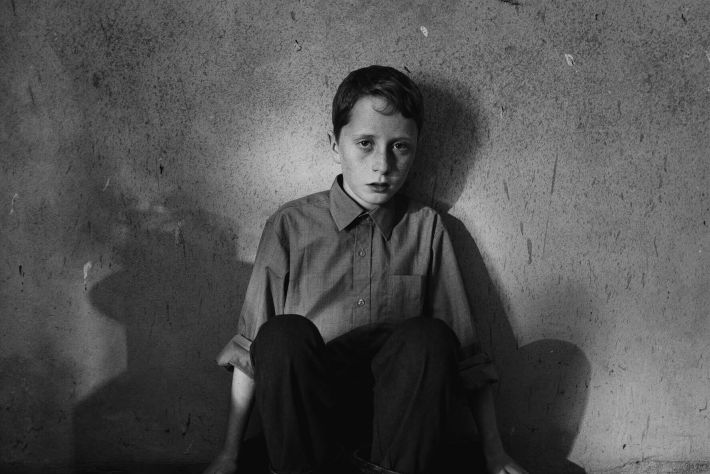The 67th Berlin International Film Festival – Berlinale has announced two more Irish films that will play as part of their Forum Expanded programme; Duncan Campbell’s The Welfare of Tomás Ó Hallissy, and Maya Schweizer’s Irish/German co-production A Tall Tale. Forum expanded is the festival artistic section, with 44 artistic works from a total of 21 countries being invited, including 28 films of various lengths, 15 installations and a performance.
The Welfare of Tomás Ó Hallissy is Campbell’s first film based in the Republic of Ireland and his first new work since winning the Turner Prize in 2014; when he was the first Irish-born artist to do so. Funded in part by the Irish Film Board this is also the first of Campbell’s films to feature actors and scripted scenes and marks the first time that IMMA and Bord Scannán na hÉireann/the Irish Film Board have collaborated on a film work.
As with many of Campbell’s films, The Welfare of Tomás Ó Hallissy is underpinned by extensive research into archival and documentary material. In this instance, stemming from research in the archive of the IFI (Irish Film Institute), the work takes Paul Hockings and Mark McCarty’s 1968 documentary film The Village as a starting point alongside three influential anthropological studies; Inis Beag by John C. Messenger, Inishkillane: Change and Decline in the West of Ireland by Hugh Brody and, in particular, Saints, Scholars, and Schizophrenics by Nancy Scheper-Hughes.
The Welfare of Tomas Ó Hallissy is filmed in and around the Kerry village of Dún Chaoin and directly integrates newly scripted material shot with actors with footage from The Village which was also set in Dún Chaoin. Indeed this new film is set against a fictional visit by two American anthropologists to Dún Chaoin, mirroring the premise of Hockings and McCarty’s 1968 documentary. Campbell’s original material also echoes key scenes from the documentary that captured the day to day routine of the village; the creamery, turf cutting, rabbit hunting and gatherings in the local pub. In revisiting these scenes Campbell looks at some of the assumptions, ethics and misconceptions that frame the relationship between the filmmakers and the villagers.
As with many of Campbell’s works, The Welfare of Tomás ó Hallissy questions the validity of documentary form as historical representation, blurring fact, and fiction, recording and interpretation. His extensive research into a specific time and context uncovers the unknown and unexpected in a representation of Ireland that at first seems familiar. On one level The Welfare of Tomás ó Hallissy represents the uses and misuses of the past as the implications of the societal shifts and misrepresentations it explores still resonate and inform contemporary Ireland today.
Maya Schweizer is an artist whose practice operates at the interface between art and film, documentary and fiction. In her video works and installations, the French artist utilises representations of seemingly everyday occurrences to liberate hidden narratives. She focuses mainly on the socially marginalised and on cracks in collective memory cultures. She recently had an exhibition at the Irish Museum of Modern Art. We do not have any information on A Tall Tale as of yet.
These two films join compatriots Atlantic, Return to Montauk, and Everything at the festival.

